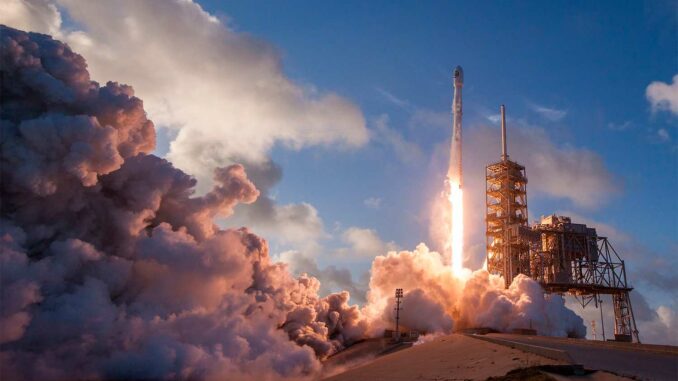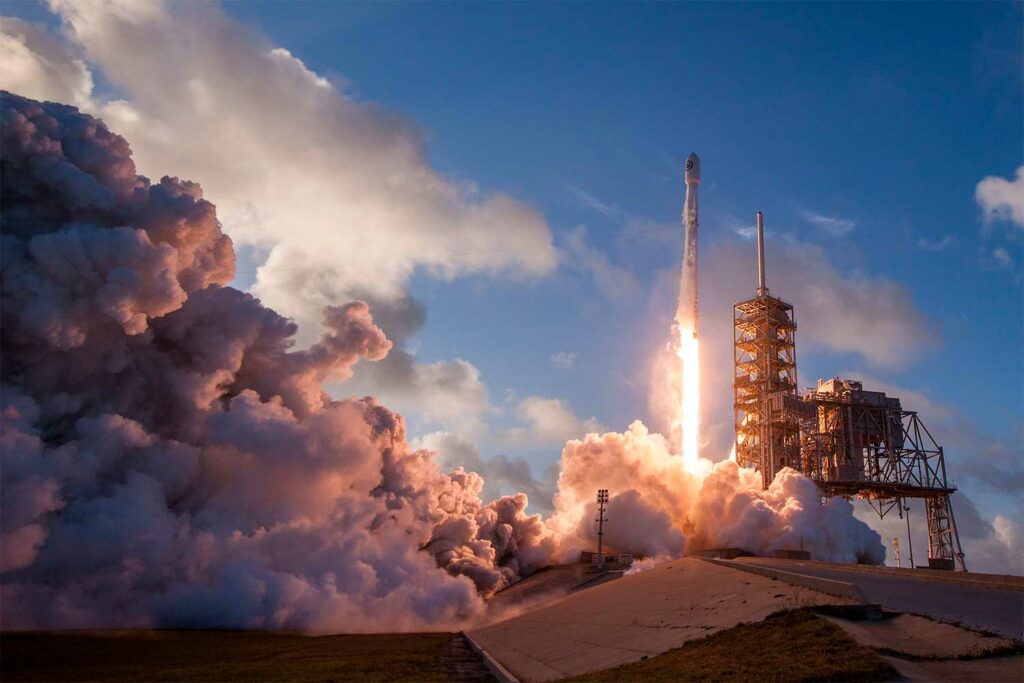
Elon Musk announces the end of SpaceX’s Dragon program after Trump’s threats over federal contracts, putting NASA missions at risk.
On June 5, 2025, Elon Musk said that SpaceX would immediately begin withdrawing its Dragon capsules, which are essential for transporting astronauts to the International Space Station (ISS). The announcement follows a threat by President Donald Trump to terminate federal contracts with Musk’s companies, including SpaceX. Although Musk later softened his remarks, the exchange highlights NASA’s dependence on SpaceX for its manned missions. The Dragon capsule is currently the only US vehicle certified to transport astronauts to the ISS, while Boeing’s alternative, the Starliner, is not yet operational. This situation raises concerns about the future of US space missions, especially as the proposed budget for NASA in 2026 includes a 24% cut, further jeopardizing ongoing programs.
SpaceX and NASA: a crucial collaboration
Since 2020, SpaceX’s Dragon capsule has become a central part of NASA’s Commercial Crew program, enabling the transport of astronauts to the ISS. This collaboration has allowed the US to regain its independent launch capability, reducing its dependence on Russian Soyuz spacecraft. Each Crew Dragon mission carries up to four astronauts and remains docked at the ISS for approximately six months. The cost per seat is estimated at between $55 million and $72 million, or approximately €51 million to €67 million, offering a competitive solution compared to international alternatives.
NASA has ordered up to 14 Crew Dragon missions to ensure crew rotation until 2030, when the ISS is scheduled to reach the end of its life. Currently, the Crew-10 mission is underway, and the Crew-11 mission is scheduled for July 2025. The withdrawal of the Dragon capsule would jeopardize these missions, putting the continued US presence on the ISS at risk.
The Boeing Starliner: an alternative that remains uncertain
Boeing’s Starliner, designed as an alternative to the Dragon capsule, has encountered several technical problems during its test flights. In June 2024, during a manned flight, propulsion system anomalies forced NASA to return the astronauts to a Dragon capsule. Since then, Boeing has been working to resolve these issues, but the Starliner is not expected to be certified for operational missions until 2026.
This uncertainty makes NASA heavily dependent on SpaceX for transporting astronauts. If the Dragon capsule is withdrawn, the only remaining option would be to use Russian Soyuz spacecraft, which would represent a step backwards for the US space program.

Potential consequences for US space missions
The withdrawal of the Dragon capsule would have major repercussions for US space missions. In addition to the impact on ISS crew rotations, it would also affect private missions, such as those carried out by Axiom Space, which uses the Dragon capsule for its manned flights. In addition, SpaceX is involved in NASA’s Artemis program, with the development of the Starship spacecraft designed to land astronauts on the moon in 2027. The end of the collaboration with SpaceX would jeopardize these ambitious projects.
Furthermore, the proposed budget for NASA in 2026 includes a 24% reduction, from $24.8 billion to $18.8 billion (approximately €22.7 billion to €17.2 billion). This budget cut would result in the loss of more than 5,500 jobs and the cancellation of 41 scientific missions, further weakening the United States’ position in space exploration.
A crisis revealing political tensions
The feud between Elon Musk and Donald Trump highlights the growing tensions between the private sector and the government in the space industry. While Musk criticizes Trump’s budget policy, the latter is threatening to terminate federal contracts with Musk’s companies, jeopardizing programs that are crucial to NASA. This situation underscores the need for the United States to diversify its partnerships and strengthen its autonomy in the space industry.
The threat of SpaceX’s withdrawal of the Dragon capsule reveals the fragility of US space programs in the face of political tensions and technological dependencies. It is imperative for NASA to secure its partnerships and ensure the continuity of its missions in order to maintain its position as a leader in space exploration.
War Wings Daily is an independant magazine.